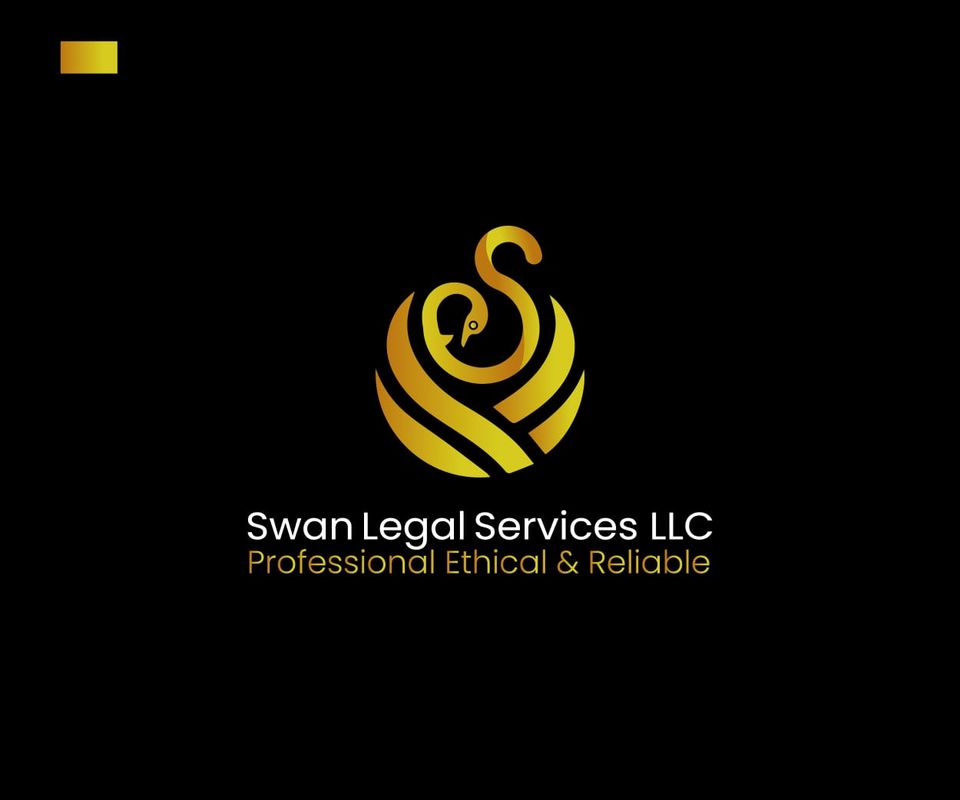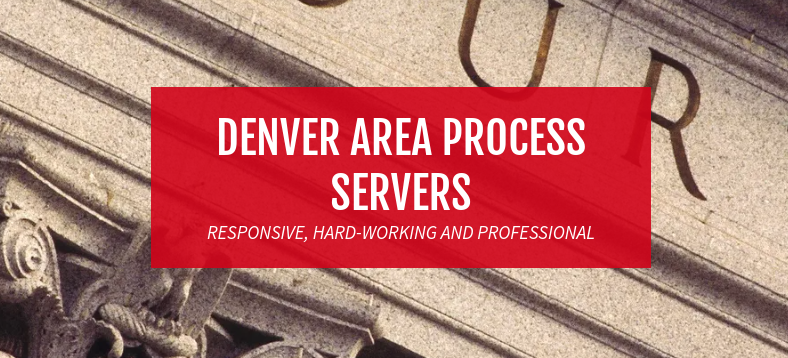 Guide to the Eviction Process in Indiana
Guide to the Eviction Process in Indiana
Eviction in Indiana:
Indiana Eviction Laws
The laws governing landlord tenant relationships and eviction in the state of Indiana are in Article 31 of Title 32 in the Indiana Code. These are the laws that explain the eviction process in Indiana. If you are a landlord in Indiana, it is a good idea to become familiar with these laws. Tenants can view helpful pages when they are being evicted> Tenants Help Pages
Indiana Eviction Notice
The first step in the Indiana Eviction Process is serving (delivering) the tenant an Eviction Notice called an Indiana Notice to Quit. In order to evict a tenant for non-payment of rent (most common violation), the landlord needs to deliver a 10 Day Notice to Quit to the tenant. This must be delivered properly in order to be effective.
Landlords and Property Owners Sign up –
We will send you each Month our NewsLetters Packed with information for Evictions, Articles that can help you with Tenants, Forms that you can use, and plenty of information for Evictions, Screening Leases and more…
Serving the Indiana Notice to Quit
The landlord should prepare the 10 Day Notice to Quit and then make copies of it. The landlord should attempt to hand deliver the notice to the tenant. If the landlord cannot locate the tenant, the landlord may deliver the notice to a person living at the property, and explain what the notice means to that person. If no person is at the property, the landlord may affix the notice to a “conspicuous part” of the property (somewhere where the tenant will definitely see it). We suggest that when you post it on the door of your rental unit Take Pictures, this way the tenant can not say they did not get the notice.
Landlords can use a Private Process Server for service of the Notices as well as the Official Court Documents
Find a Process Server in your State / County on our Directory of Process Servers
Filing the Eviction Case
What if the tenant has received the Notice to Quit, the 10 days has expired, and the tenant has not left? Now the landlord must use the court system to evict the tenant. The landlord should go to the small claims court for the jurisdiction where the property is located. The clerk’s office in the small claims court will tell the landlord if they are in the right place. The clerk will usually give the landlord the forms to fill out to file a Complaint for Eviction. There will be a filing fee. The clerk will then set a court date, which will be delivered to the tenant on what is called a Summons. The sheriff will usually deliver this Summons. The court date will be more than five days from the time the Summons is delivered to the tenant.
Going to Court – 2 Hearings
First Hearing. The first hearing is only to determine who is entitled to possession of the property. It does not address how much money the tenant owes the landlord. In order for the landlord to win, the landlord must be present at the first hearing. If the tenant does not show up, the landlord will win automatically. If both parties show up, then the judge will give the landlord and the tenant the opportunity to speak, present evidence, and say why they should win. The landlord should bring all evidence necessary to win, including the Notice to Quit (a copy of it), the lease (if there is one), photographs, documents, witnesses, etc. After hearing both sides, the judge will determine who is entitled to possession of the property. If the judge rules for the landlord, the judge will give the tenant a certain number of days to leave. The judge may also set a date for the second hearing (hearing on damages).
Second Hearing. The second hearing is set when the landlord claims the tenant owes them money (back rent, damage to property, etc.). It is usually set for after the tenant has moved out. The landlord should show up and present evidence to the judge that the money is owed (rent receipts up to a certain date, photos of damage, etc.). The judge will then rule on whether or not the tenant owes money to the landlord.
Sheriff Notice to Vacate
What if the judge orders the tenant to leave by a certain date, but the tenant is still there? The landlord must go back to the court clerk and tell them. The court clerk will then direct the Sheriff to serve a Notice to Vacate on the tenant usually giving them 24 hours to Vacate. If the tenant is still there after the 24 hours, the sheriff will physically remove the tenant, and the landlord will have to remove the tenant’s belongings.
The general steps in an Indiana eviction:
- The landlord tells the tenant the landlord wants the tenant to move out.
- The landlord files a case against the tenant.
- The tenant receives notice of the lawsuit by certified mail or by the Sheriff.
- The first hearing is to decide who has the right to possession of the apartment. If the tenant is in violation of the contract (for example, if the tenant is behind in rent), the landlord will have the right to possession and the court will order that the tenant be out by a certain date. (This is usually within a few days of the court hearing; you don’t get much time to move). If the court finds the tenant hasn’t violated the lease, then the case is over and the tenant does not have to move.
- There is often a second hearing for the court to decide if the tenant owes the landlord any money. The tenant can also tell the court if the tenant thinks the landlord owes the tenant any money.
C 32-7-5-12
Sec. 12. (a) Upon termination of a rental agreement, all of the security deposit held by the Indiana landlord shall be returned to the tenant, except for any amount applied to:
(1) the payment of accrued rent;
(2) the amount of damages that the landlord has or will reasonably suffer by reason of the tenant’s noncompliance with law or the rental agreement; and
(3) unpaid utility or sewer charges that the tenant is obligated to pay under the rental agreement;
all as itemized by the landlord in a written notice delivered to the tenant together with the amount due within forty-five (45) days after termination of the rental agreement and delivery of possession. The landlord is not liable under this chapter until supplied by the tenant in writing with a mailing address to which to deliver the notice and amount prescribed by this subsection. Unless otherwise agreed, the tenant is not entitled to apply a security deposit to rent.
(b) If the landlord fails to comply with subsection (a), the tenant may recover all of the security deposit due the tenant and reasonable attorney’s fees.
(c) This section does not preclude the landlord or tenant from recovering other damages to which either is entitled.
(d) The owner of the dwelling unit at the time of the termination of the rental agreement is bound by this section.
Indiana Eviction Laws
The laws governing landlord tenant relationships and eviction in the state of Indiana are in Article 31 of Title 32 in the Indiana Code. These are the laws that explain the eviction process in Indiana. If you are a landlord in Indiana, it is a good idea to become familiar with these laws.
Indiana Eviction Notice
The first step in the Indiana Eviction Process is serving (delivering) the tenant an Eviction Notice called an Indiana Notice to Quit. In order to evict a tenant for non-payment of rent (most common violation), the landlord needs to deliver a 10 Day Notice to Quit to the tenant. This must be delivered properly in order to be effective.
Serving the Indiana Notice to Quit
The landlord should prepare the 10 Day Notice to Quit and then make copies of it. The landlord should attempt to hand deliver the notice to the tenant. If the landlord cannot locate the tenant, the landlord may deliver the notice to a person living at the property, and explain what the notice means to that person. If no person is at the property, the landlord may affix the notice to a “conspicuous part” of the property (somewhere where the tenant will definitely see it).
Filing the Eviction Case
What if the tenant has received the Notice to Quit, the 10 days has expired, and the tenant has not left? Now the landlord must use the court system to evict the tenant. The landlord should go to the small claims court for the jurisdiction where the property is located. The clerk’s office in the small claims court will tell the landlord if they are in the right place. The clerk will usually give the landlord the forms to fill out to file a Complaint for Eviction. There will be a filing fee. The clerk will then set a court date, which will be delivered to the tenant on what is called a Summons. The sheriff will usually deliver this Summons. The court date will be more than five days from the time the Summons is delivered to the tenant.
Going to Court – 2 Hearings
First Hearing. The first hearing is only to determine who is entitled to possession of the property. It does not address how much money the tenant owes the landlord. In order for the landlord to win, the landlord must be present at the first hearing. If the tenant does not show up, the landlord will win automatically. If both parties show up, then the judge will give the landlord and the tenant the opportunity to speak, present evidence, and say why they should win. The landlord should bring all evidence necessary to win, including the Notice to Quit (a copy of it), the lease (if there is one), photographs, documents, witnesses, etc. After hearing both sides, the judge will determine who is entitled to possession of the property. If the judge rules for the landlord, the judge will give the tenant a certain number of days to leave. The judge may also set a date for the second hearing (hearing on damages).
Second Hearing. The second hearing is set when the landlord claims the tenant owes them money (back rent, damage to property, etc.). It is usually set for after the tenant has moved out. The landlord should show up and present evidence to the judge that the money is owed (rent receipts up to a certain date, photos of damage, etc.). The judge will then rule on whether or not the tenant owes money to the landlord.
Sheriff Notice to Vacate
What if the judge orders the tenant to leave by a certain date, but the tenant is still there? The landlord must go back to the court clerk and tell them. The court clerk will then direct the Sheriff to serve a Notice to Vacate on the tenant usually giving them 24 hours to Vacate. If the tenant is still there after the 24 hours, the sheriff will physically remove the tenant, and the landlord will have to remove the tenant’s belongings.
Note: Check the wording of your Leases.
In Indiana, when it comes to attorneys’ fees and court costs, we follow what is called the American Rule. The rule is that each party pays his/her/its own fees and costs, unless: (1) there is a statute that provides for recovery; or (2) the parties have a contract that specifically provides for recovery.
A landlord can ensure his/her ability to recover attorneys’ fees and court costs by drafting specific language in the lease agreement. However, this is easier said than done. Many landlords will attempt this by including language such as “all costs associated with eviction” or “landlord’s court fees.” While these phrases are broad in scope, the Indiana Court of Appeals has consistently held that “fees are fees and costs are costs.” This means that a contract that provides for recovery must specifically state “attorneys’ fees” and “court costs” or the landlord could inadvertently limit his/her recovery.
Even worse, some landlords will limit their recovery and even extend their own liability by adding language that awards attorneys’ fees and court costs to the “prevailing party.” This means that if the tenant were to prevail at trial, the landlord would have to pay the tenant’s fees and costs!
A landlord should always consult a knowledgeable attorney when drafting a lease agreement. The minimal cost of having a professional review your contracts could potentially save you thousands of dollars in litigation expenses and headaches in the future.
For names of lawyers in your area who are experienced in housing issues,
Find Law Firms on our Directory.
Find The Eviction Process in other States
Nationalevictions.com is for people who are renting or seeking to rent housing. Our site is for Eviction Information Purposes only, Not Intended to replace your Attorney or any Legal Advice. The reader should always remember your legal responsibilities. After all, you may unknowingly jeopardize your rights by not fulfilling your legal rights as a Tenant or Landlord.
Many of the Chapters and Articles are interrelated. This not intended to be an all-inclusive overview, or the best advice in every situation. Please Consult a Lawyer for your Rights and Protection as to the laws of your State. This information is not meant to be a substitute for the advice of an Attorney.










